Bardsey Island
The island is also known as the island of the currents and the saints. There are said to be the graves of 20,000 saints interred on the island, and legend suggests that anybody buried here will not go to hell no matter how wicked his deeds.

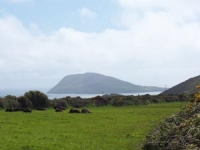
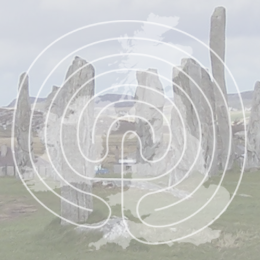
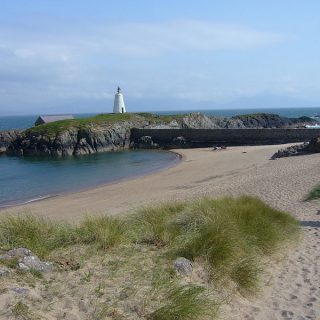


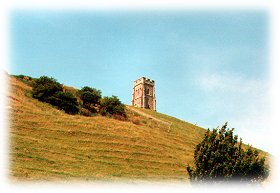
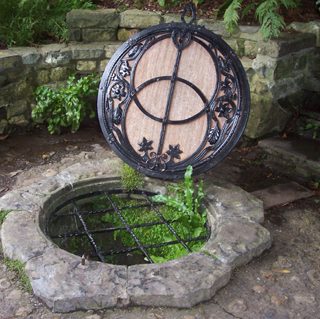
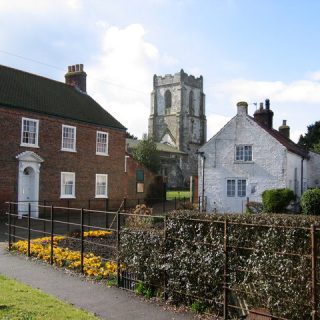
Recent Comments